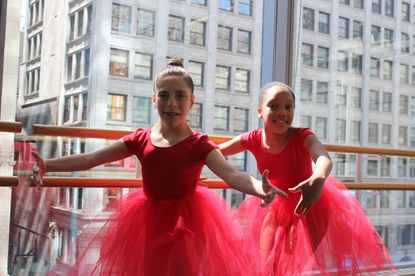There’s no getting around it. This year, Thanksgiving will be different. With COVID-19 cases skyrocketing across the country, most people will be staying close to home this holiday season. Yet, that doesn’t mean Thanksgiving can’t be special. Thanks to Zoom, the widely-used video communication platform, one of America’s most cherished holidays is still something worth celebrating. And more good news: This Thanksgiving, Zoom will rescind its usual 40-minute limit for free calls. You can party for as long as you like at no charge whatsoever!
1. Zoom Get-togethers
Though we can’t congregate in big groups this Thanksgiving, Zoom celebrations are the next best thing. In years past, many of our holiday posts have discussed techniques for making travel and social gatherings less stressful for families living with disability. Many of these holiday stressors are eliminated with a Zoom celebration. There are no worries about long flights or car rides; no concerns that your child will act out, become over-stimulated or find nothing to eat at a relative’s home. Your child can come in and out of the family Zoom party as often as she pleases, taking breaks whenever she needs them.
2. Food Doorsteps Exchange
Before you start bemoaning the fact that you won’t be able to enjoy Aunt Joan’s famous pumpkin pie this Thanksgiving, CJ Robles of Tech Times encourages you to consider a food doorsteps exchange. “For extended families and friends living within a close distance, assign a Thanksgiving recipe for each household through email or messaging app. Then, each family shares portions for all households and delivers them at their doorsteps at a set drop-off schedule. While you would only cook one dish, you will have several dishes to eat at supper.” Ta da! Problem solved!
3. Zoom Games
Before and after Turkey time, try playing a game over Zoom. Enabling Devices’ adaptive Monopoly Junior, Hi Ho Cherry-O, and Bingo are all translatable to Zoom and provide hours of fun. Or, play a trivia game using an online idea generator to provide challenging questions. CNN recommends sending “family members on scavenger hunts around their respective houses for specific (and Thanksgiving-themed) items.” Report back to extended family members on what you’ve found.
4. Zoom Concerts and Singalongs
Zoom is a great way to share music with family and friends. As Robles suggests: “Each household can pick a song to play or sing with the family while others can join in the middle of the performance.” Check out Enabling Devices’ adaptive musical instruments such as its musical cymbal, drum, and band set. Now the whole extended family can chime in.
5. Zoom Art Projects
Create a Thanksgiving-themed work of art from your respective homes. After everyone has completed their projects, play Zoom show and tell. Enabling Devices’ Adapted Color Spin-out and Adapted Battery Operated Scissors make it easy for everyone to participate.
6. Virtual Story-telling
Chose one or more story-tellers from participating families to read a holiday-inspired book, tell a story from their own life, or spin a tale on the fly. Alternatively, families can create a story together by giving each member a chance to add on.
7. Share Your Gratitude Lists
Many families share gratitude lists around their Thanksgiving tables. Though we may be seated in different homes, we can still share our gratitude with loved ones.













